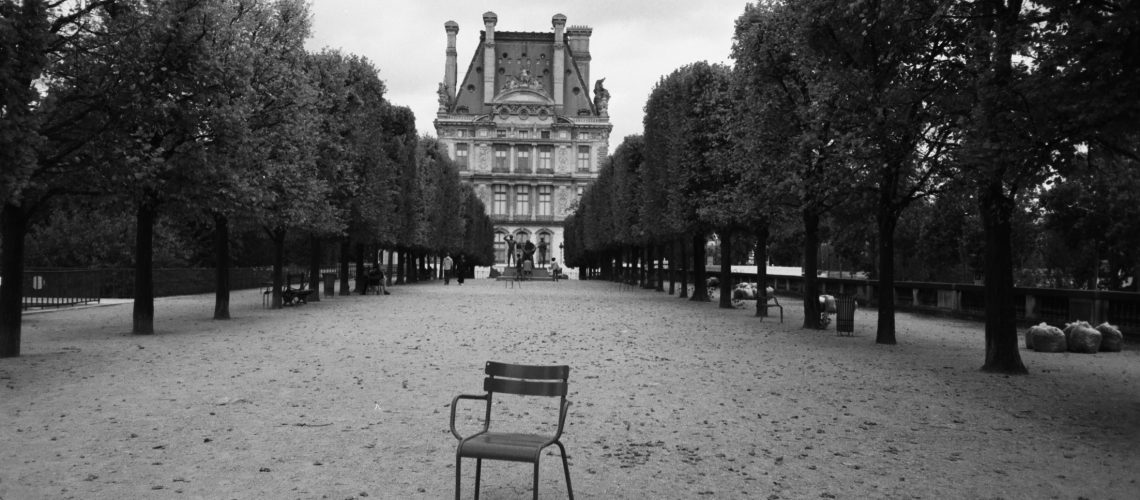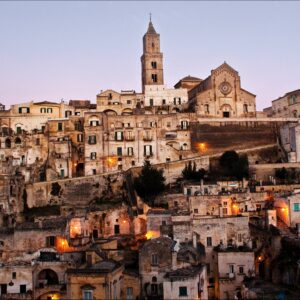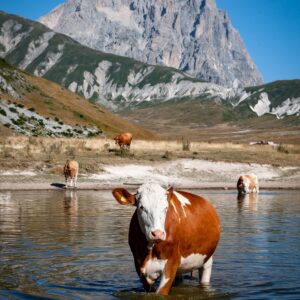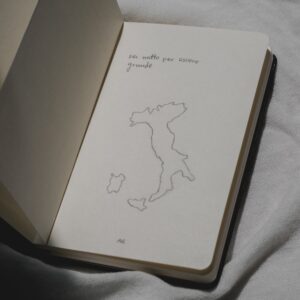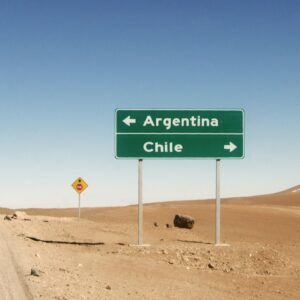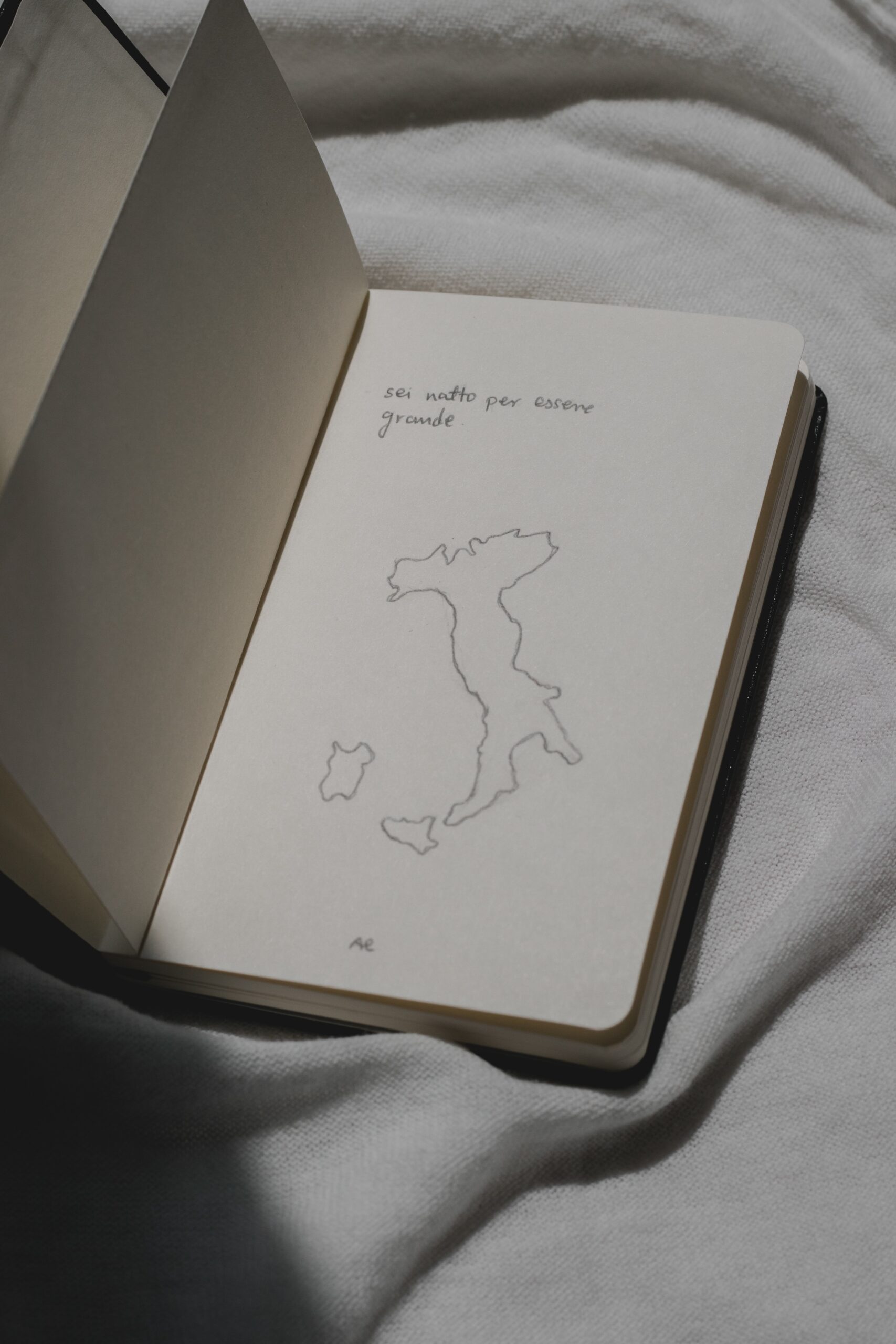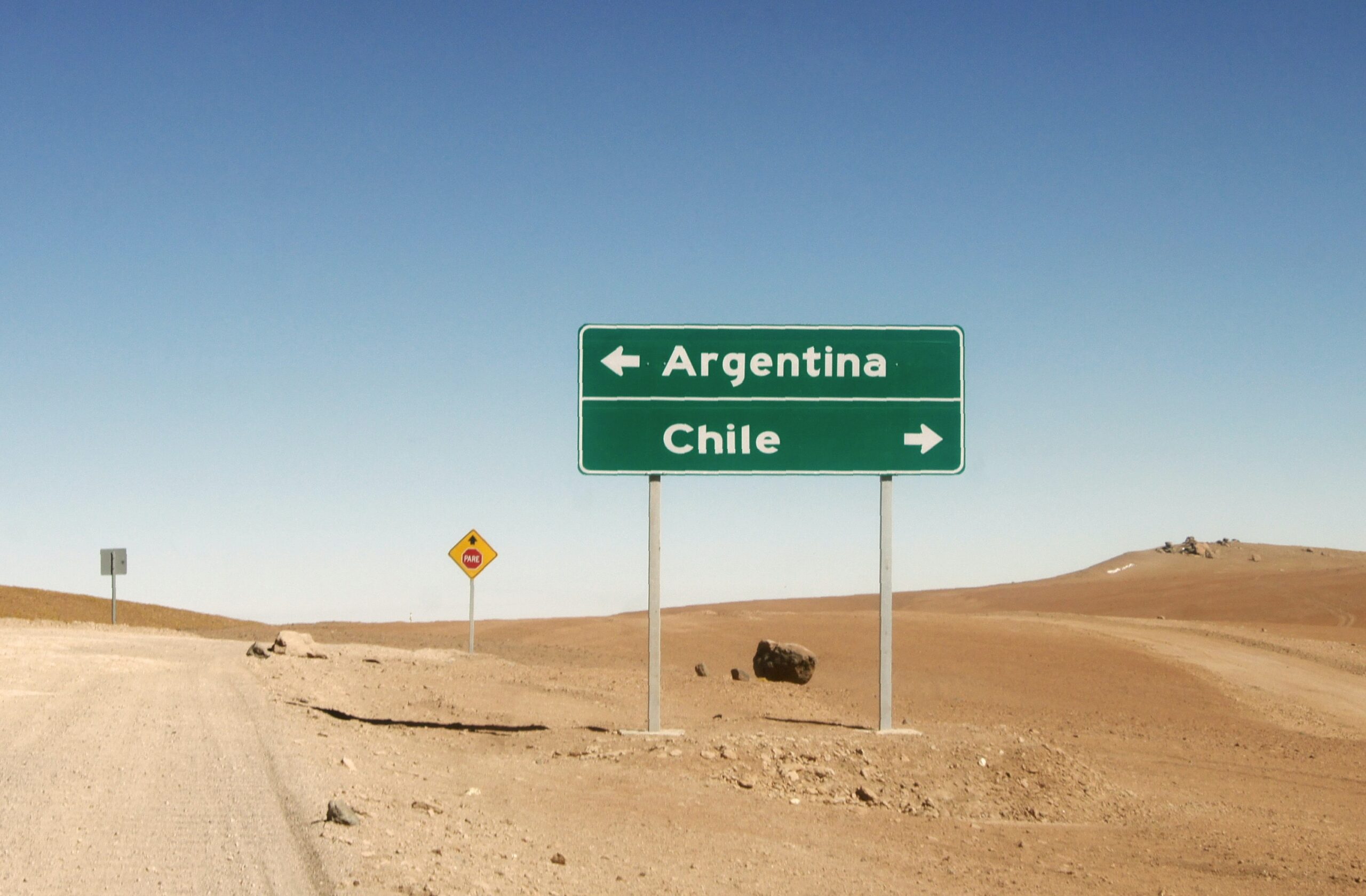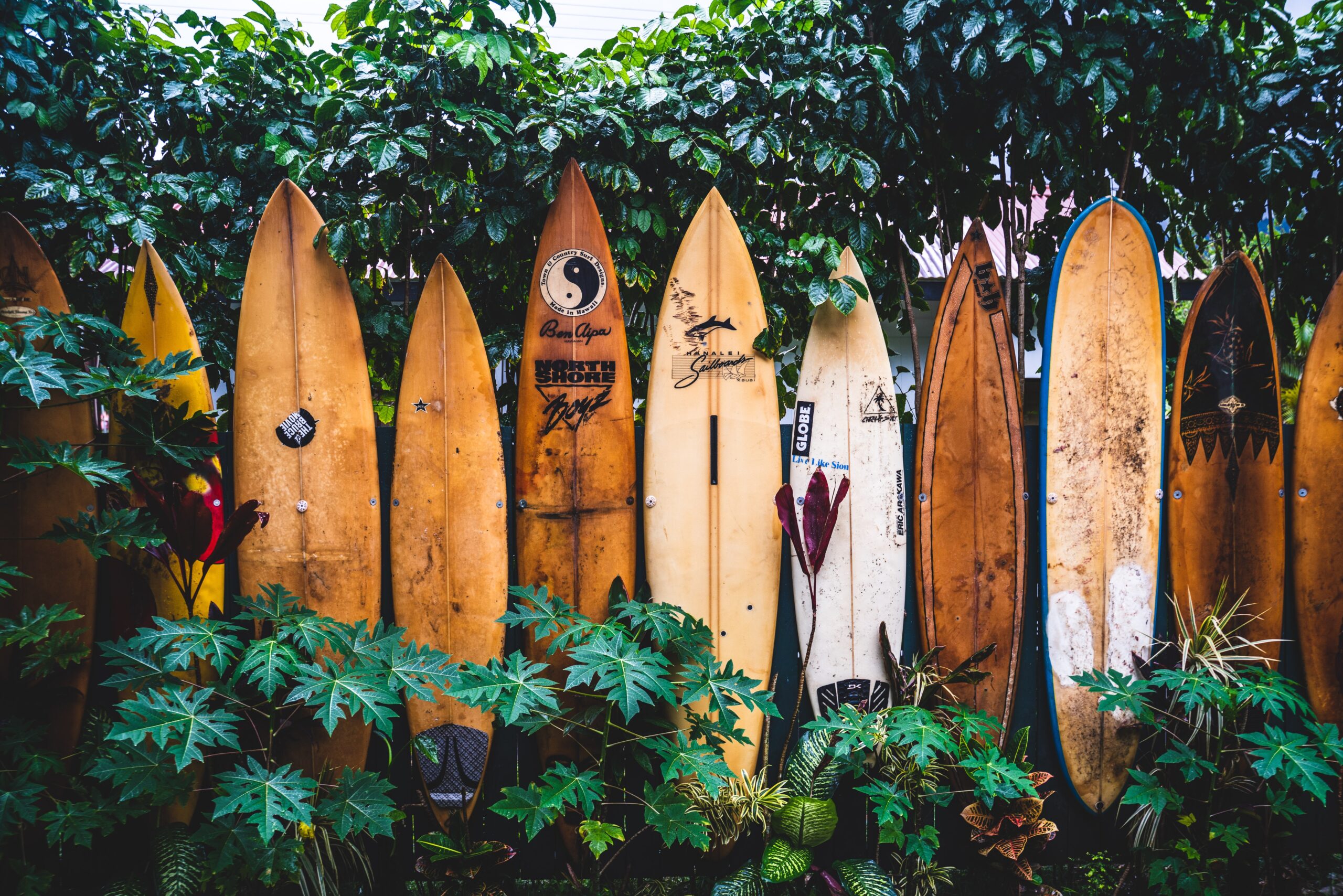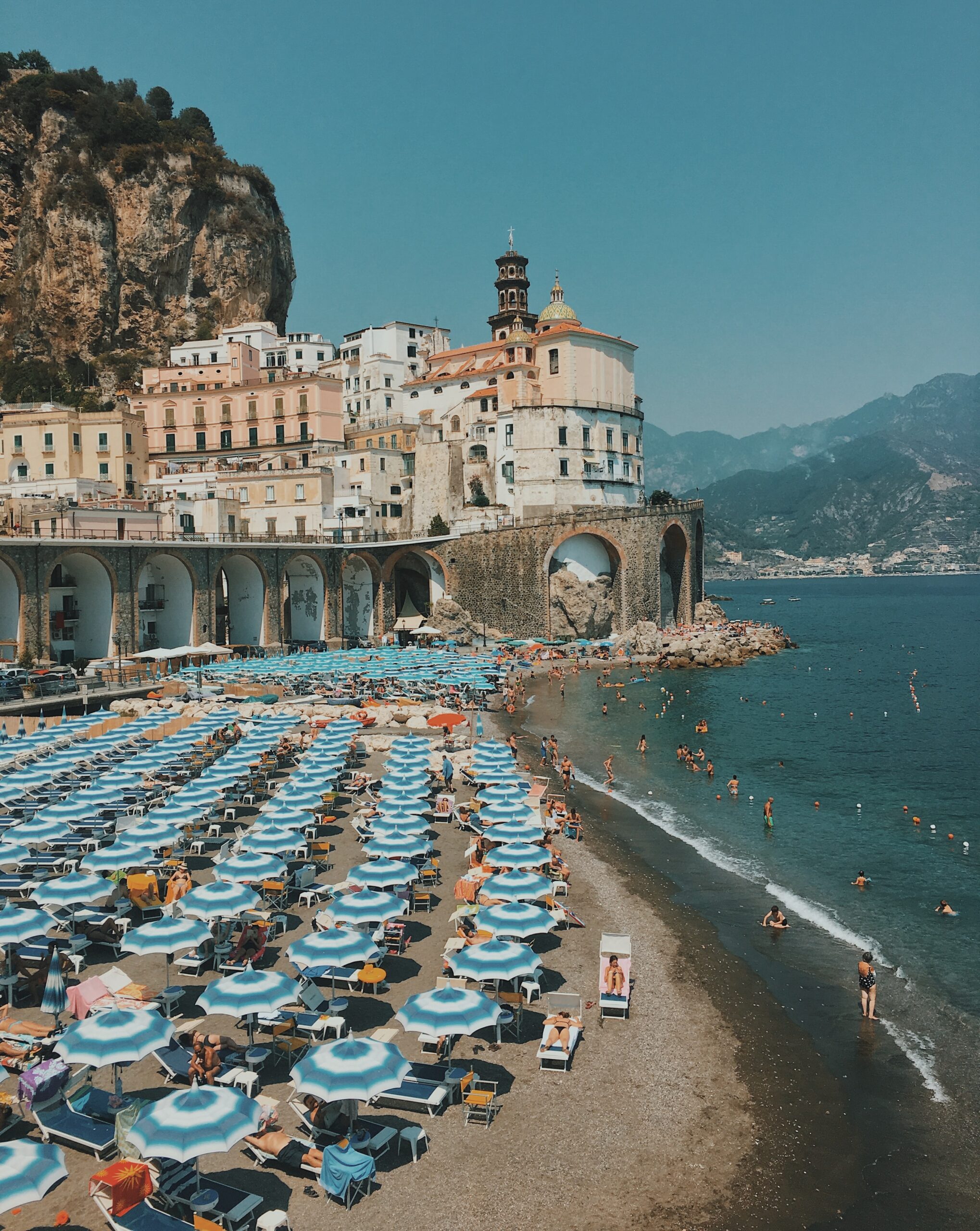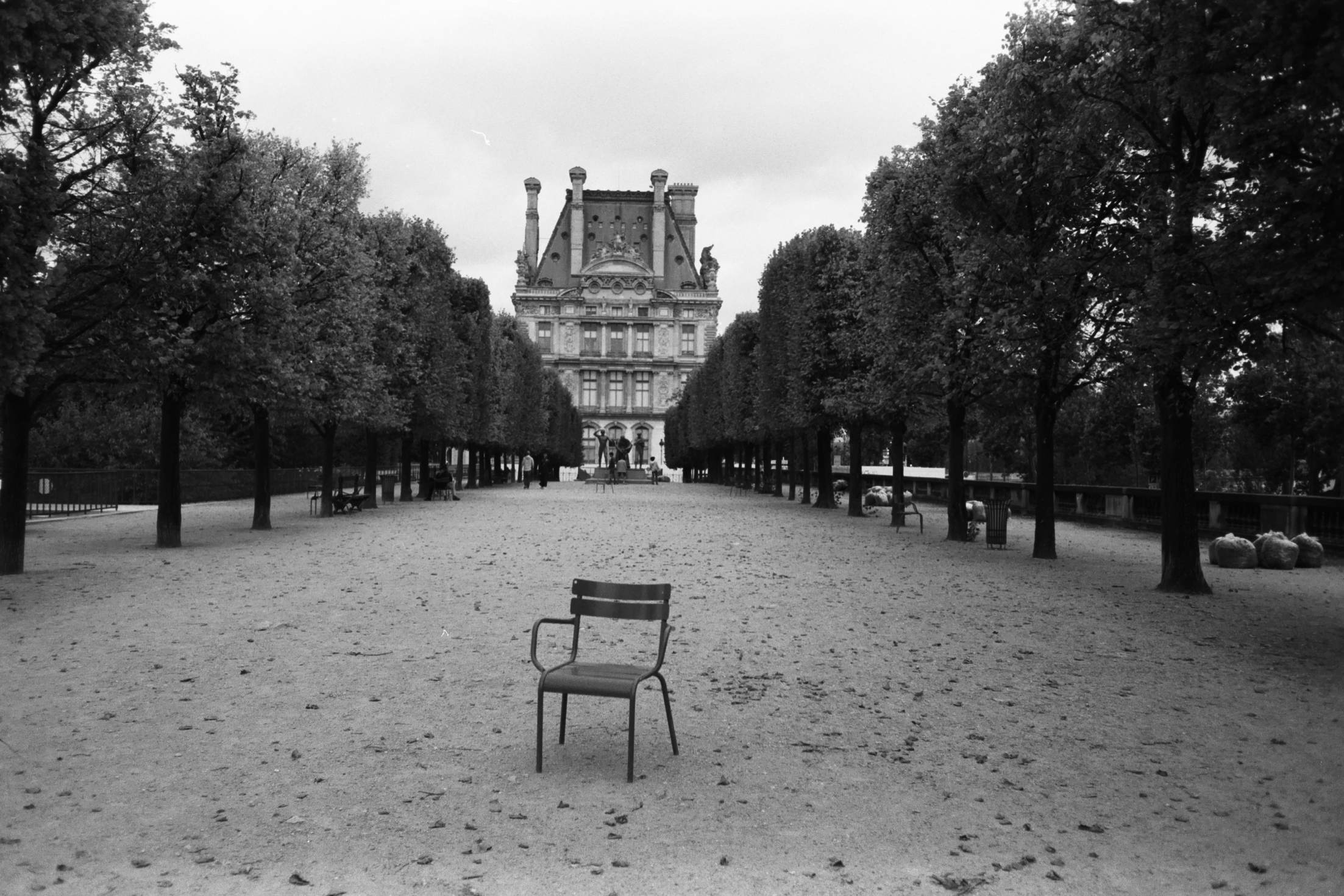
There’s an idea in photography that if you want to be taken seriously, you should shoot on black-and-white film. As everyone shoots in colour on their phones nowadays, opting to shoot with old twentieth-century technology marks you out from the crowd and makes your images look more serious.
It’s a silly belief, of course, since the quality of an image has less to do with the tools you use and more with the eyes looking through them. But it’s still nice to pretend that if you have a roll of colourless film in your camera, you can capture something interesting.
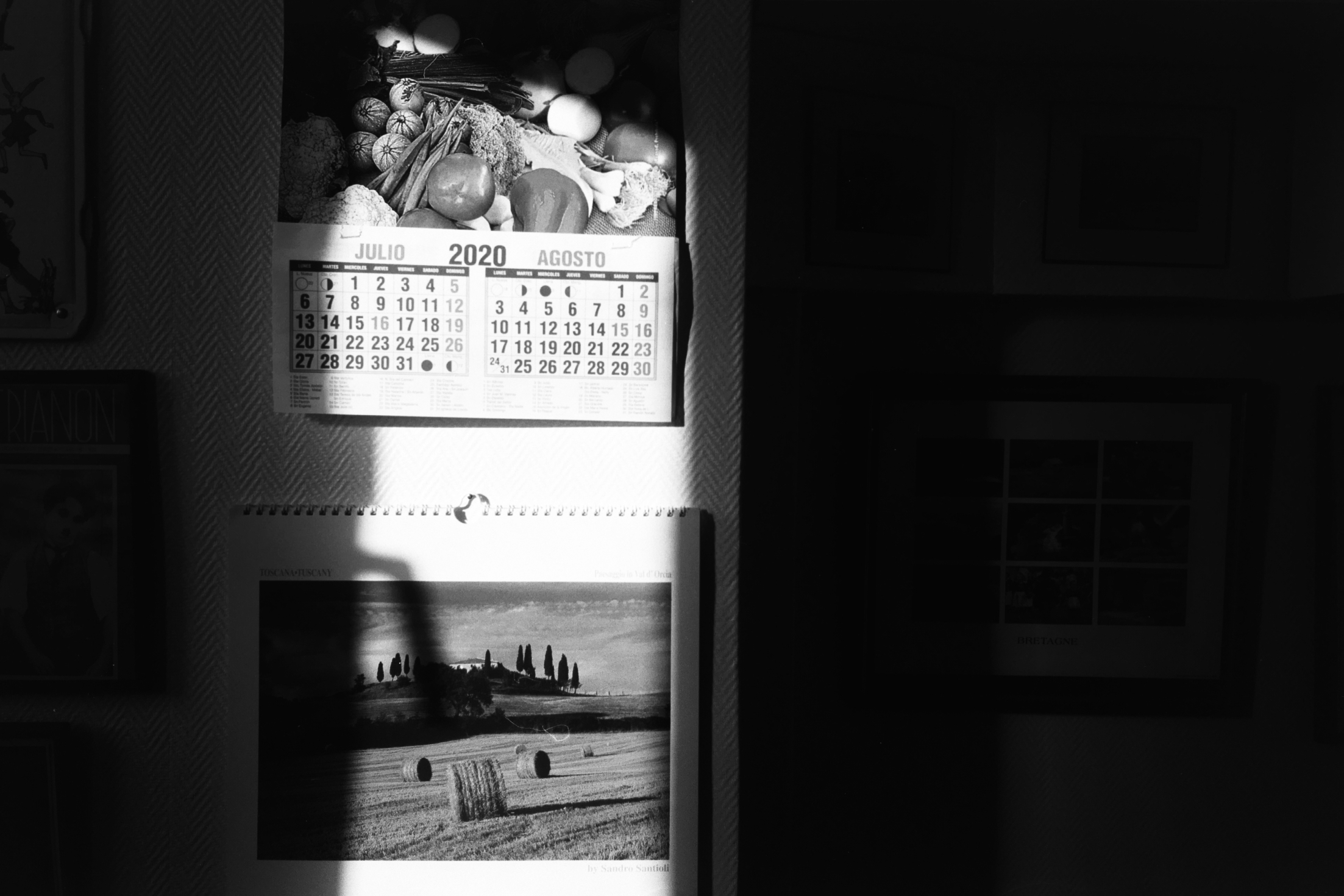
While I wouldn’t say that this reason explains why I armed myself with an Olympus mju ii and a 35mm roll of Ilford HP5 400, it certainly might have contributed to my decision.
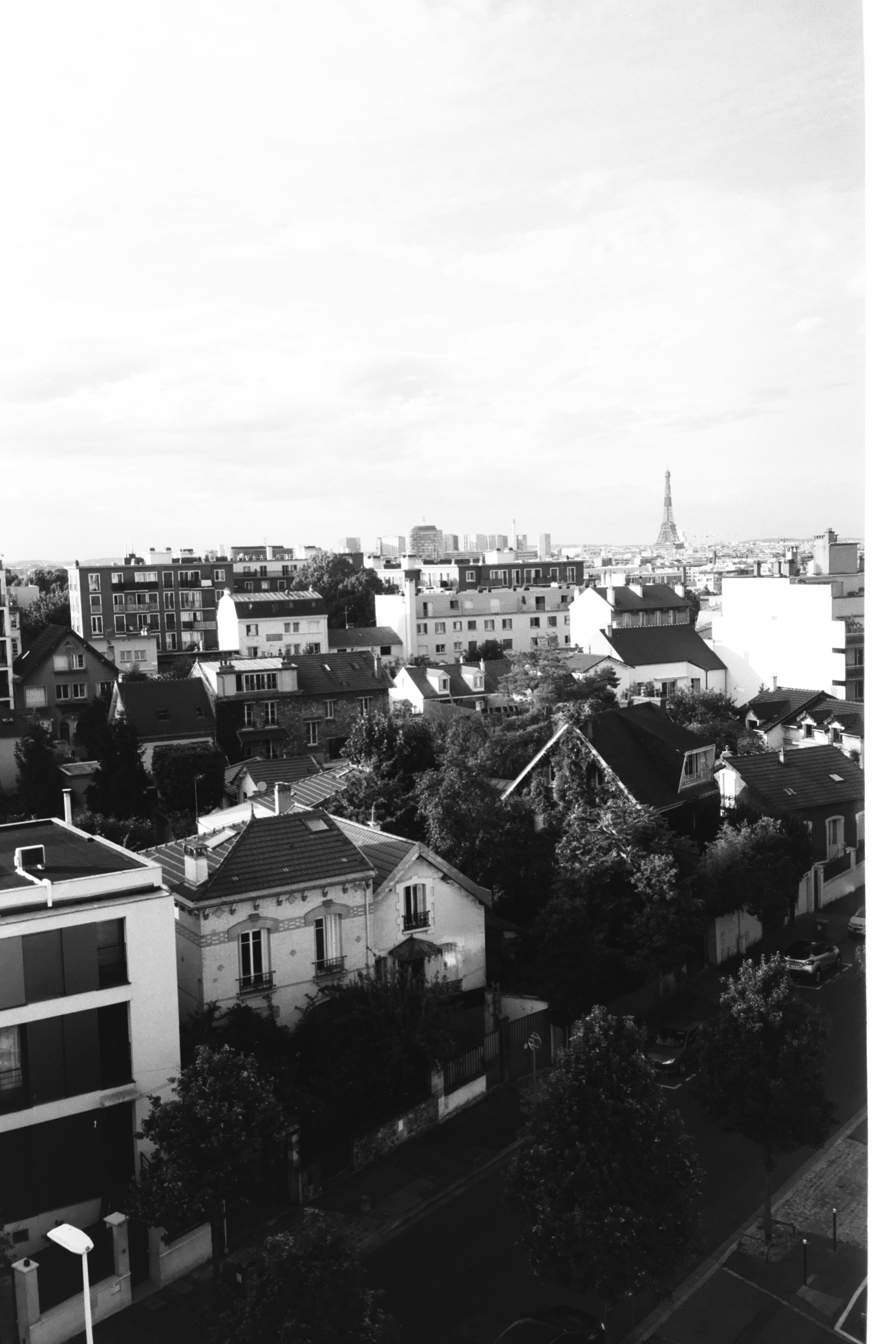
As a lover of colour, I must say that it took me a little while to adjust to the world of black-and-white. When you shoot in colour, you can convey emotion — and real life — almost instantly. Black-and-white film, on the other hand, works differently. Whilst you can express mood and atmosphere in black and white, it’s a certain type of mood: one that is rather serious and sombre, but always somehow dignified.

Drained of all colour, a black and white image puts silhouettes into relief. You see the outlines of shapes much more clearly, while light and darkness take on a greater prominence. On the flip side, what you lose out on is playfulness, intimacy, warmth, wonder and other more touchy-feely feelings that colour film can deliver in spades.

In other words, for all its qualities, black-and-white film is not ideal in all circumstances. A sunset or a golden hour shot make little sense in black and white, since it’s the intensity and rarity of the colours that make them so evocative. And while nature scenes can certainly work without colour, you do lose something when something as natural as the colours of trees, flowers and shrubbery can’t be appreciated in an image. The only available photos of the Pink and White Terraces, one of the natural wonders of New Zealand that were destroyed by the 1886 eruption of Mount Tarawera, manage to capture everything except arguably the most interesting aspect about them — the fact that they’re pink and white.
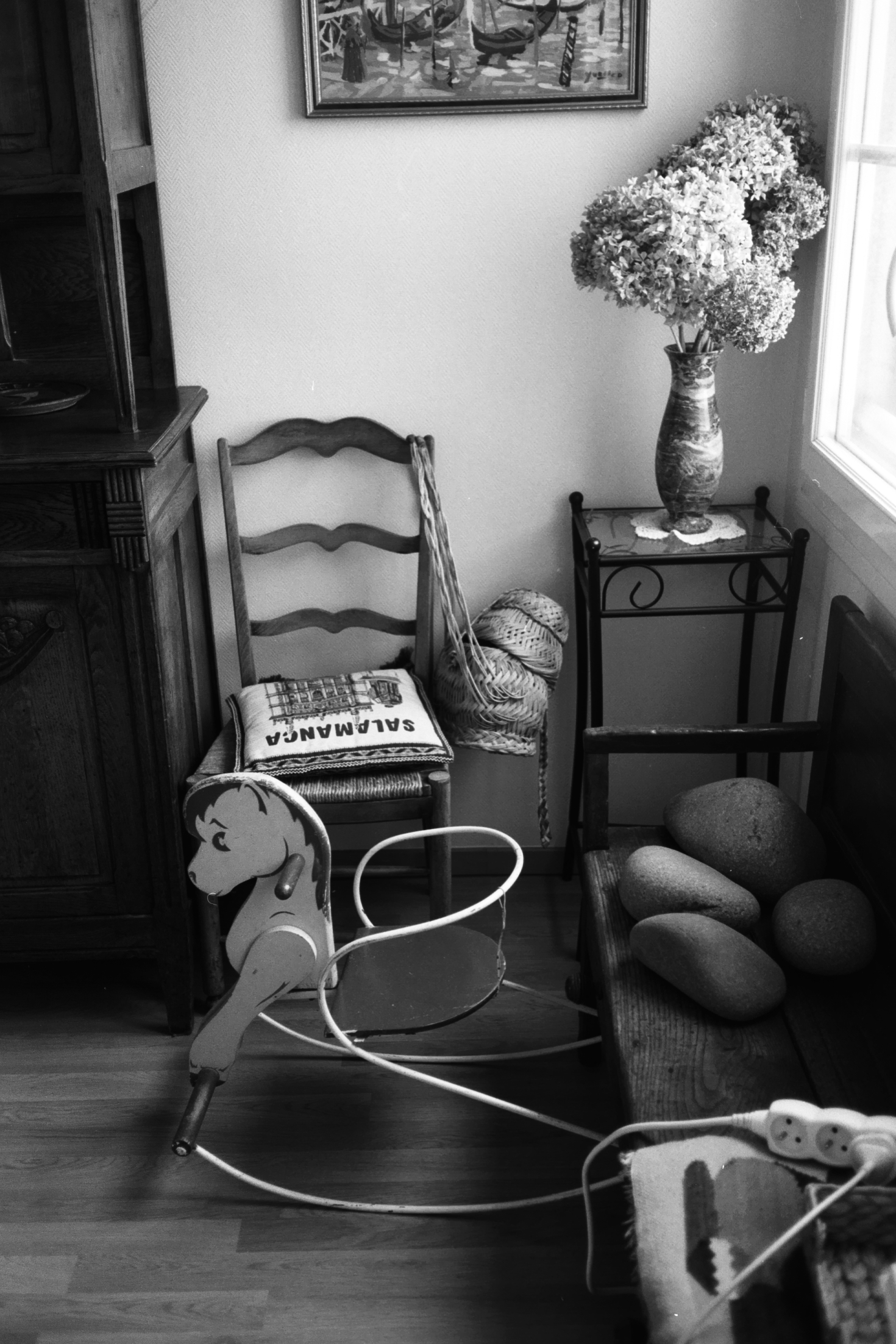
But on overcast days, when there’s no colour in the sky and the sun is nowhere to be seen, colour photos often turn out underwhelming. Black-and-white film, on the other hand, can transform dour days into art, making grey skies and concrete buildings strangely intriguing. On B&W film, a dark sunless day is not depressing; it’s visually arresting.
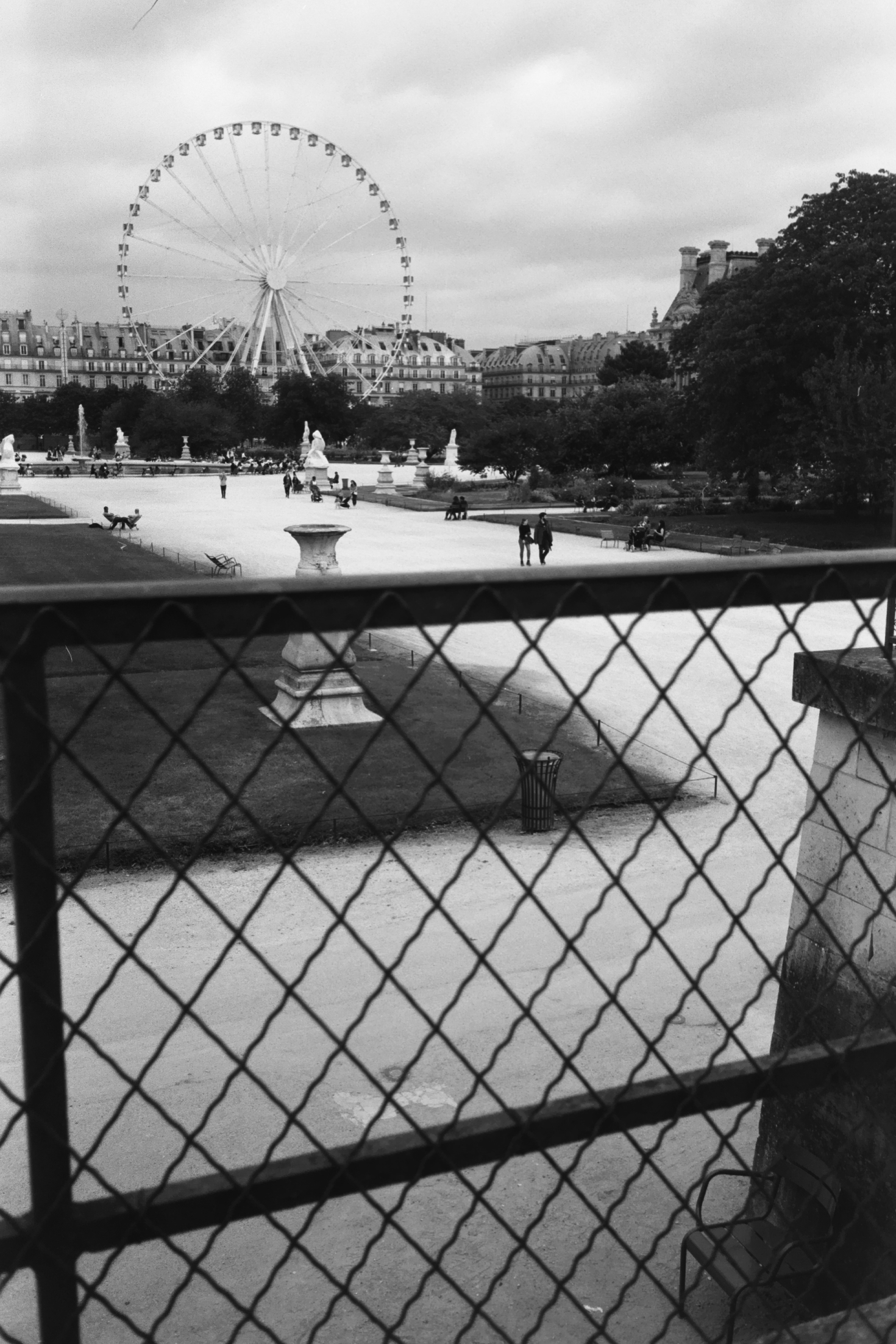
Since black-and-white images don’t depict the colours that we see around us, they’re one step removed from our reality. This means that when we see such images, we have an easier time seeing them not as depictions of reality, but as works of art belonging to a different universe from our own. In much the same way that brutalist buildings, no matter how ugly or uninviting they may be, are almost always visually fascinating, black and white images hold a certain intrigue irrespective of the subject matter.
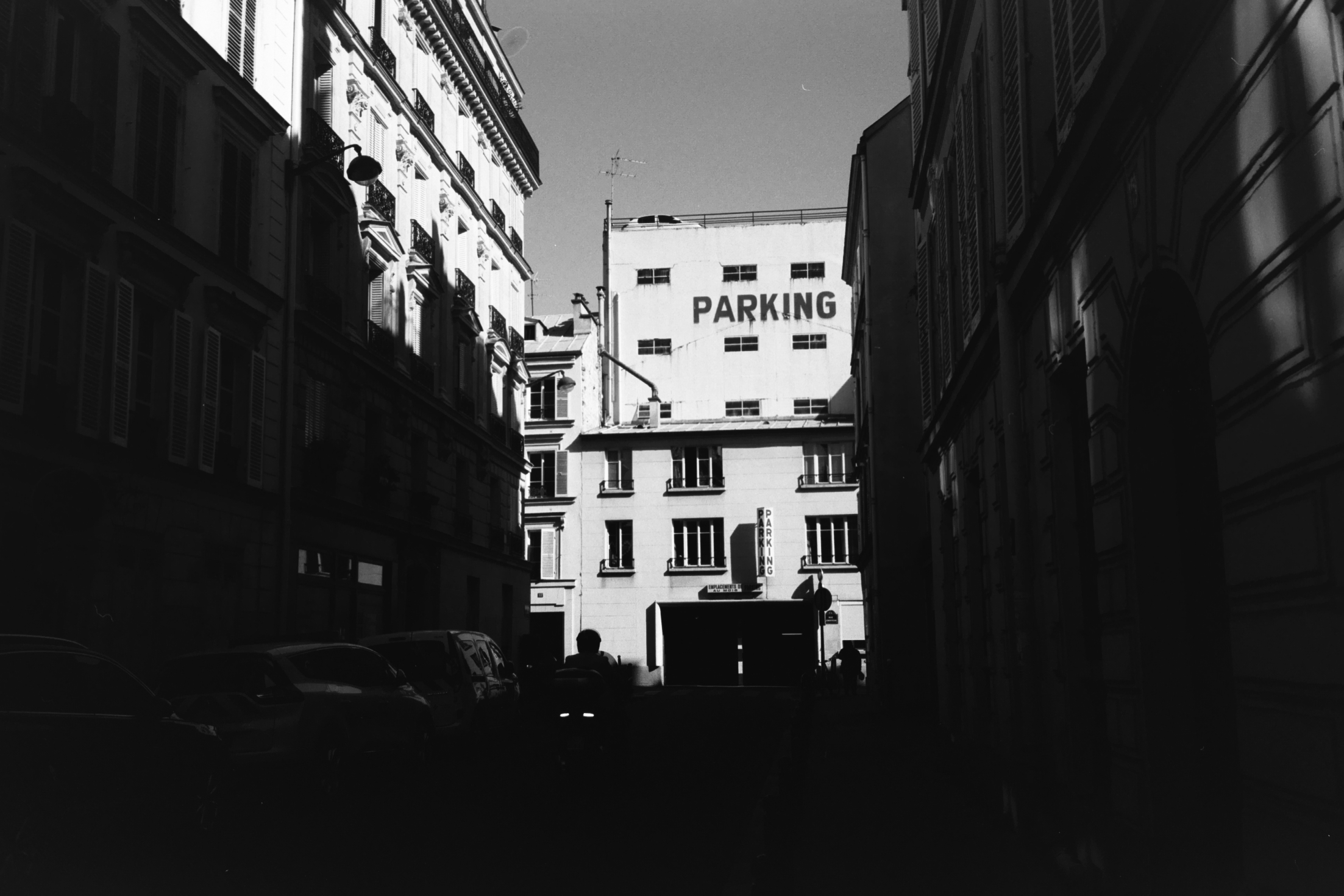
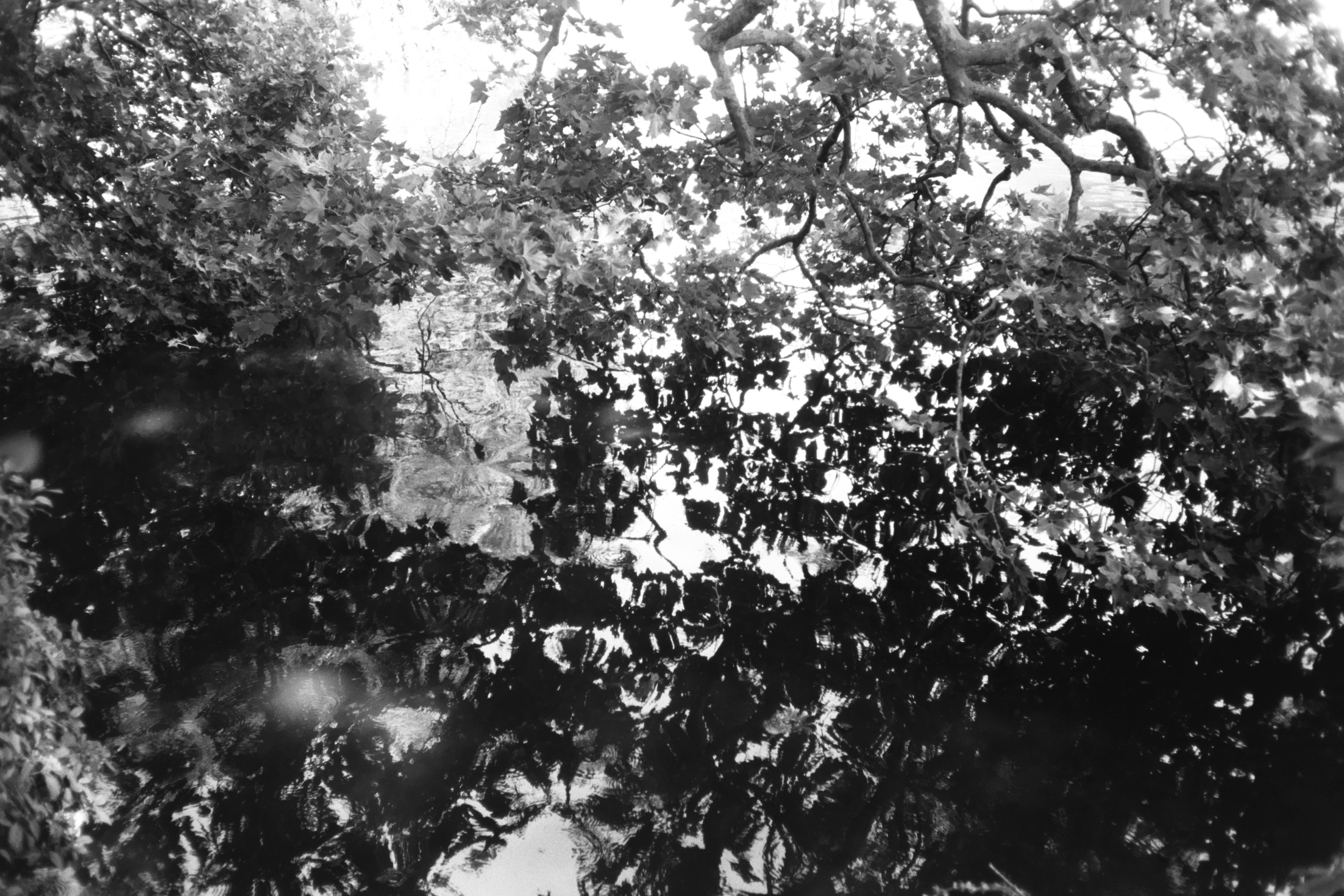
When shooting in black and white, it’s also easier to attempt more abstract compositions since they’re already somewhat abstract. A black and white image, you could say, is somewhere between a colour image and pencil drawing, bearing the details of the former but the colour palette of the latter.
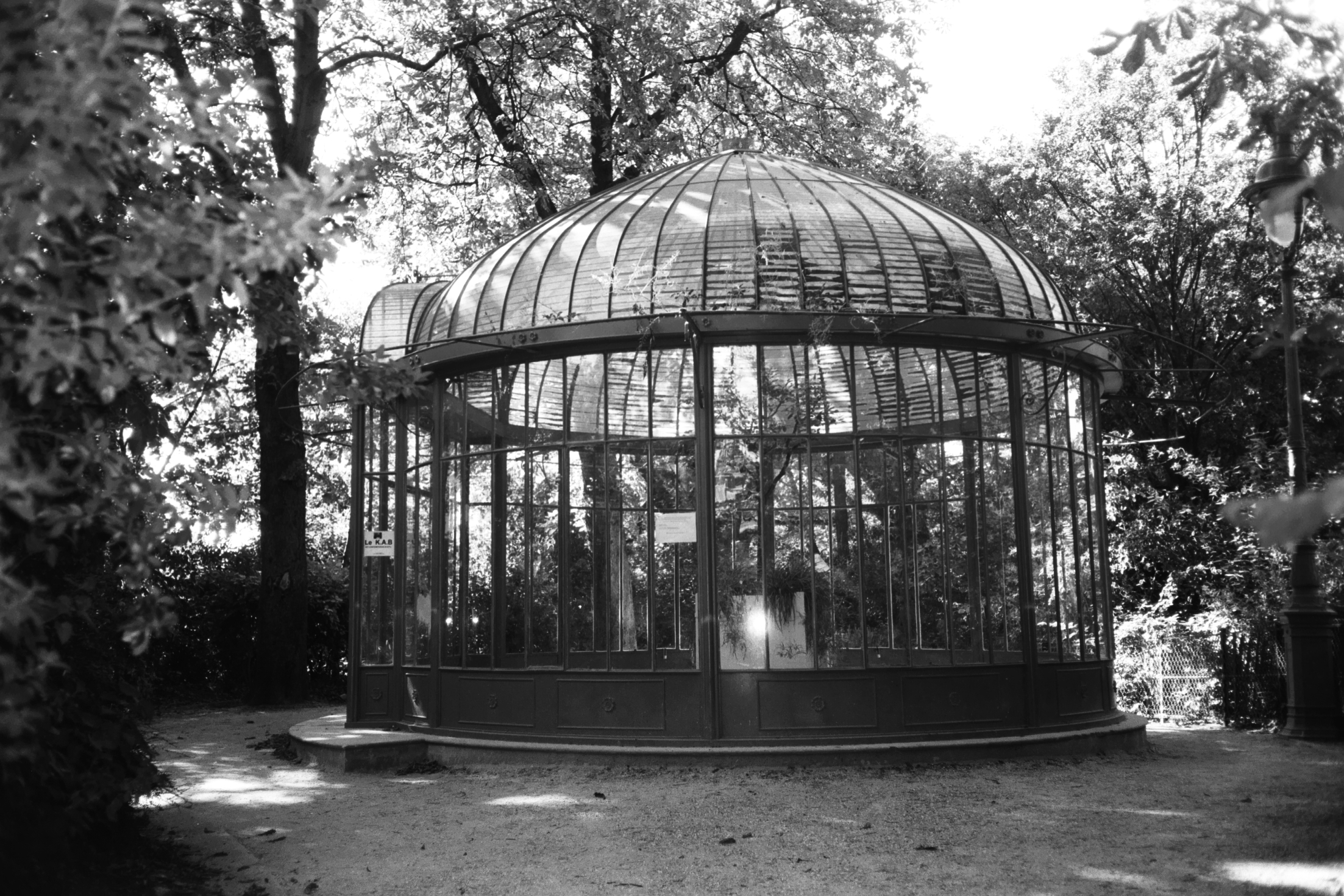
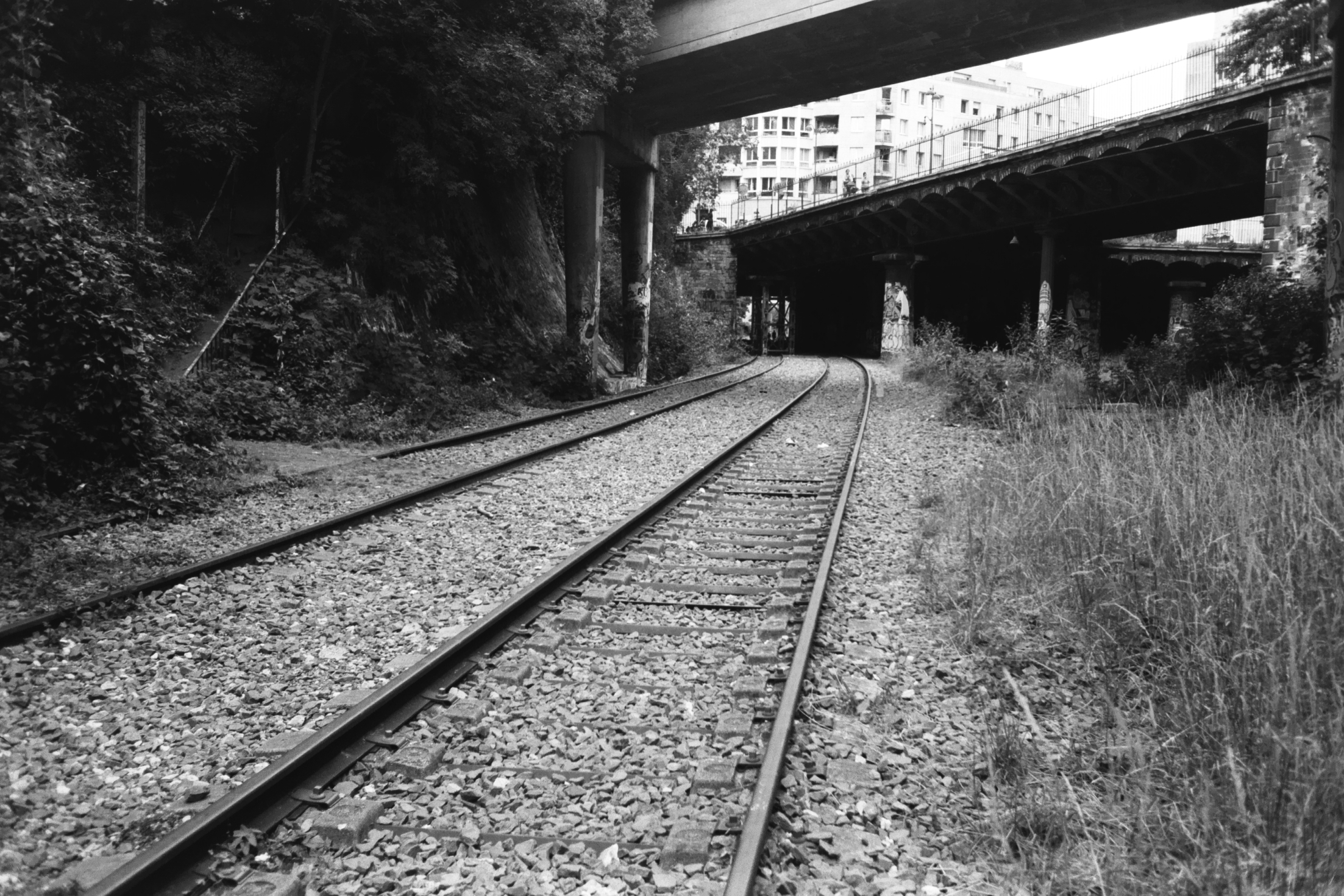
This all meant that when I finally went out and shot some images in Paris, I thought it would be worth trying something a little more experimental. It wasn’t always obvious to me what might make a good shot, but whenever I saw something a little unusual, I thought to shoot it.
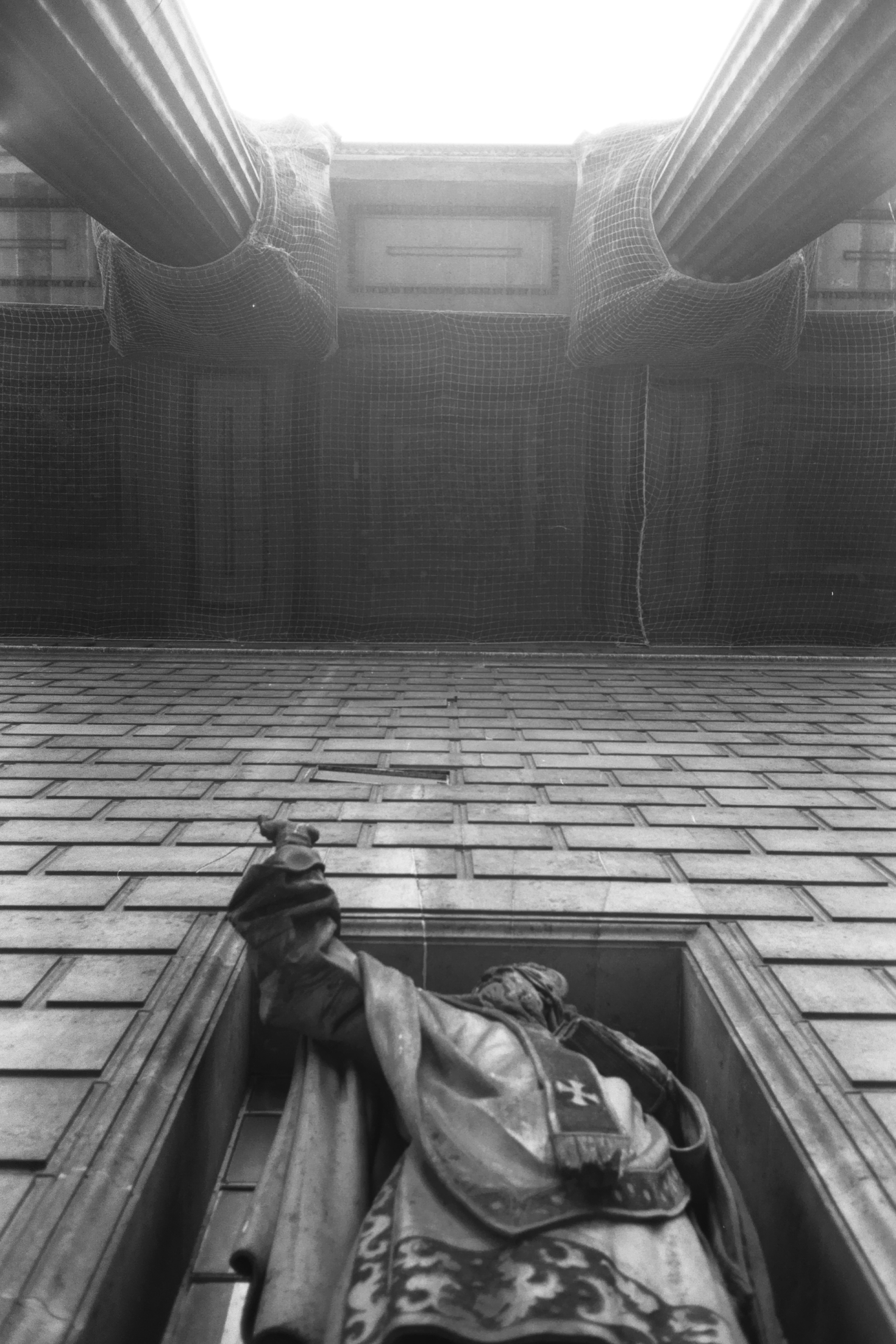
In my experience, Ilford HP5 400 is an ideal black-and-white film stock because it’s so forgiving. No matter how you shoot, the image almost always turns out well. As it’s as contrast-heavy some other rolls, it picks up subtle details much better than them.
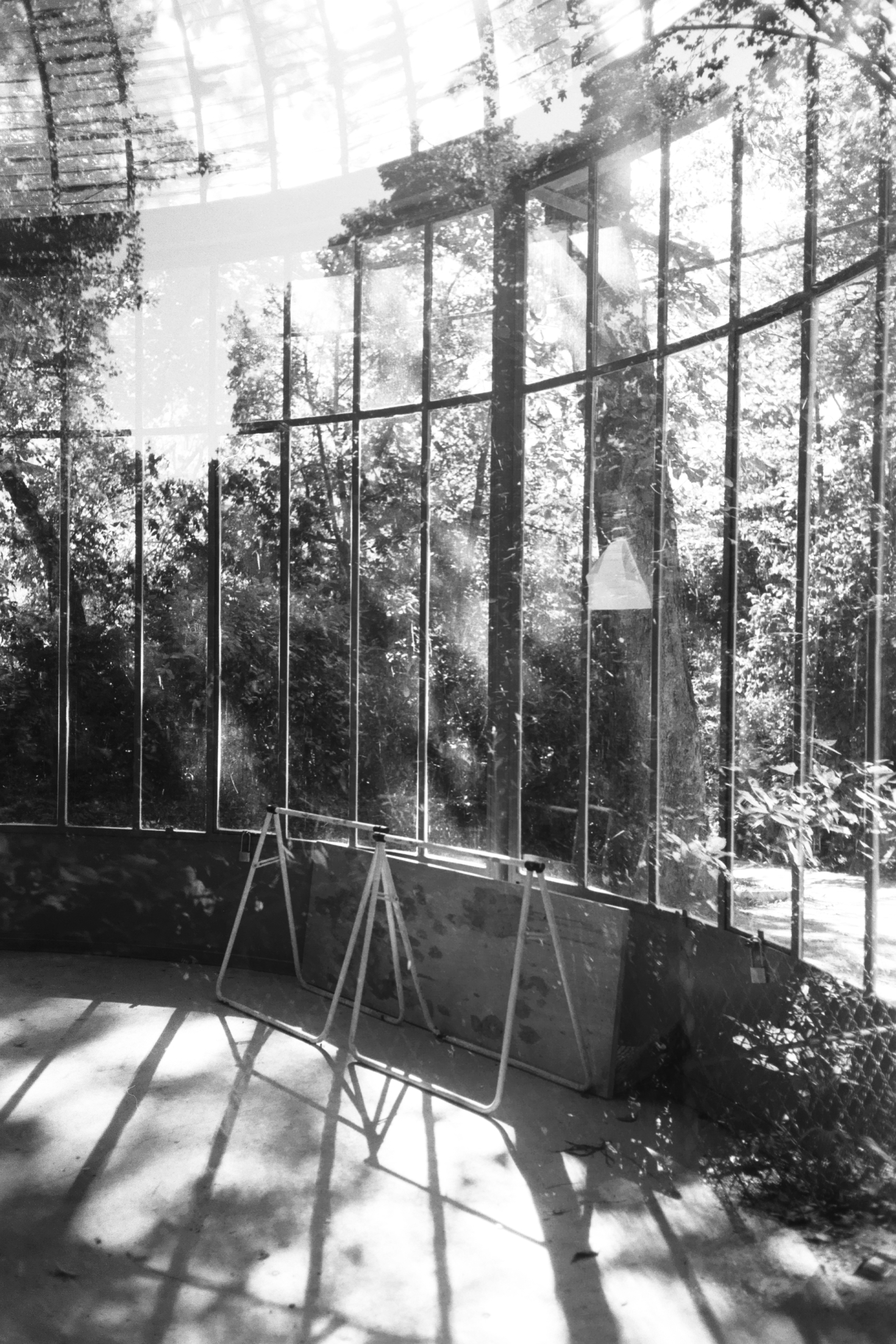
My only complaints, then, had nothing to do with the film roll but rather with my camera. For some reason, my Olympus mju ii makes an incredibly loud whiny squeal whenever I press the shutter. While this sound doesn’t affect the results, it could draw attention to myself — which, of course, isn’t ideal if you’re trying to take candid photos.
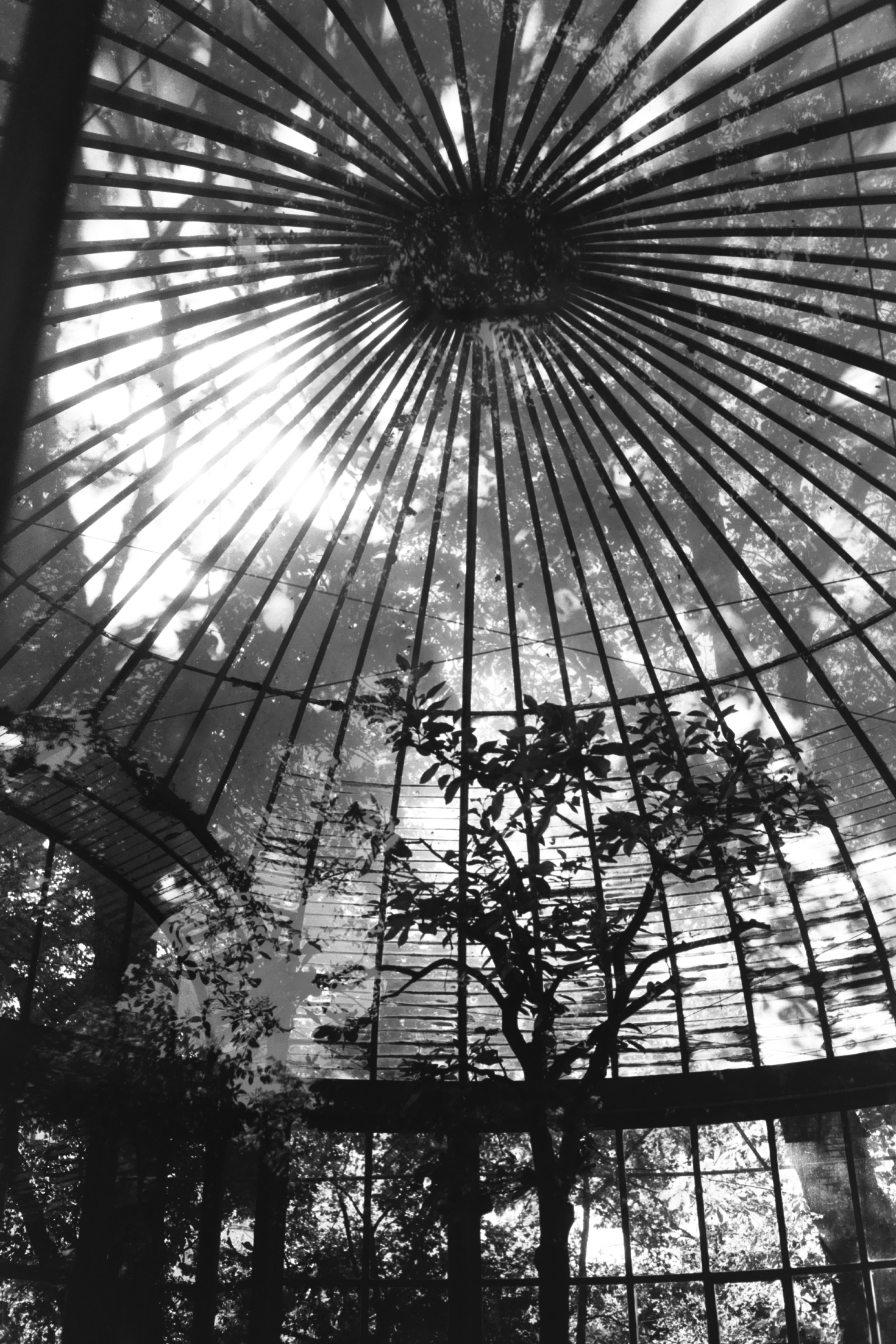
What’s more, the fact that France isn’t the friendliest city country for street photography, given the fact that people here really do not like to appear unwittingly in other people’s photos, means that I tended to avoid street photography and focused more on scenes where people feature only in the background, if they do at all.
Though I wouldn’t say that these are the best photos I’ve ever taken, they do bring back a lot of memories of a year that I wouldn’t ever want to relive, while also, somehow, making me nostalgic for it.
